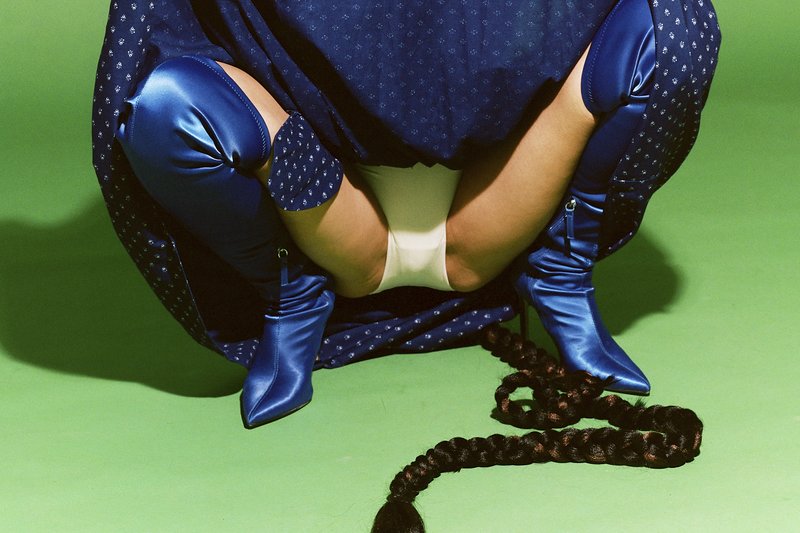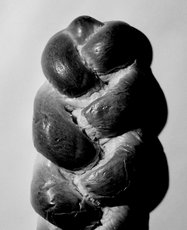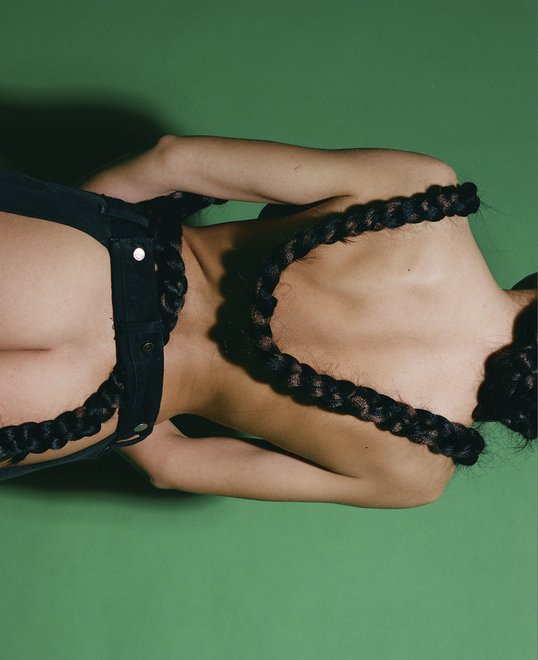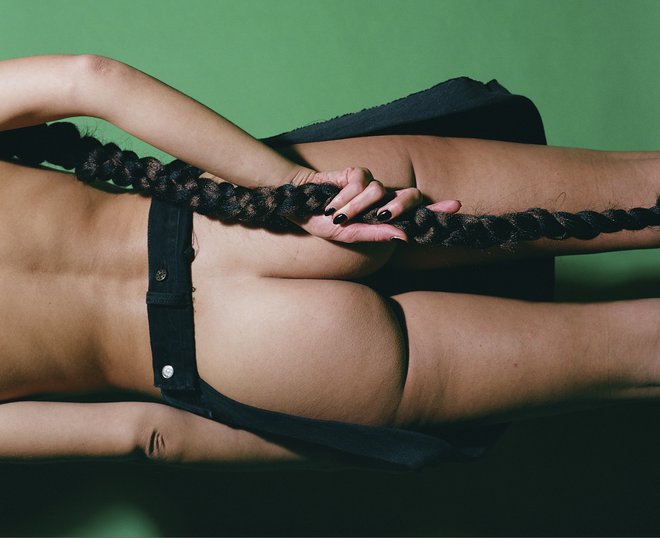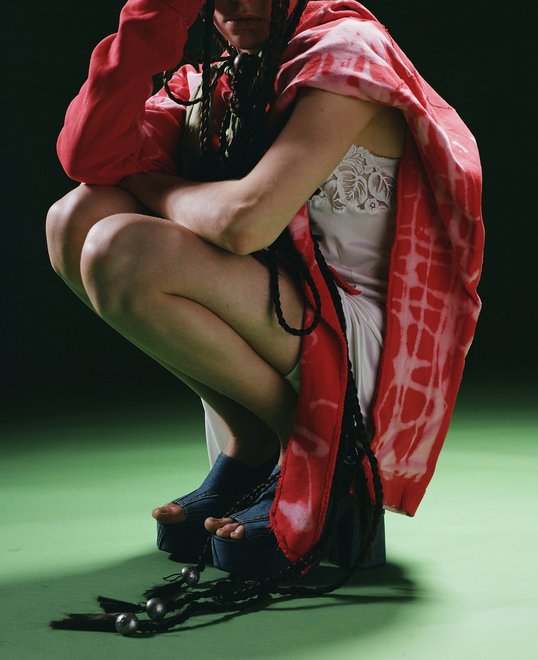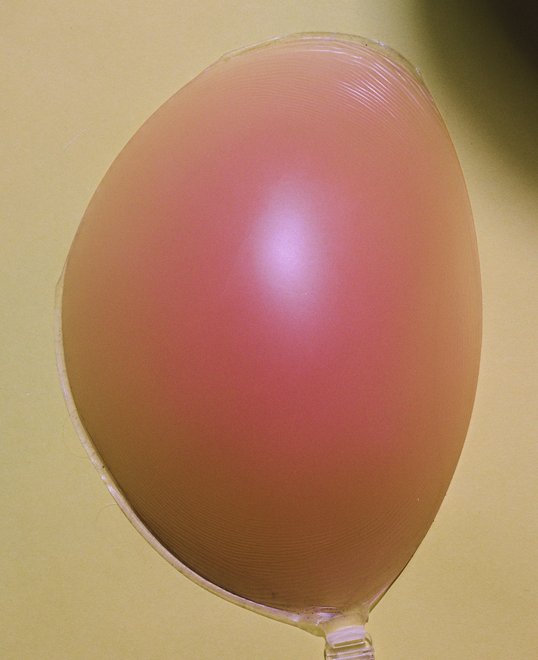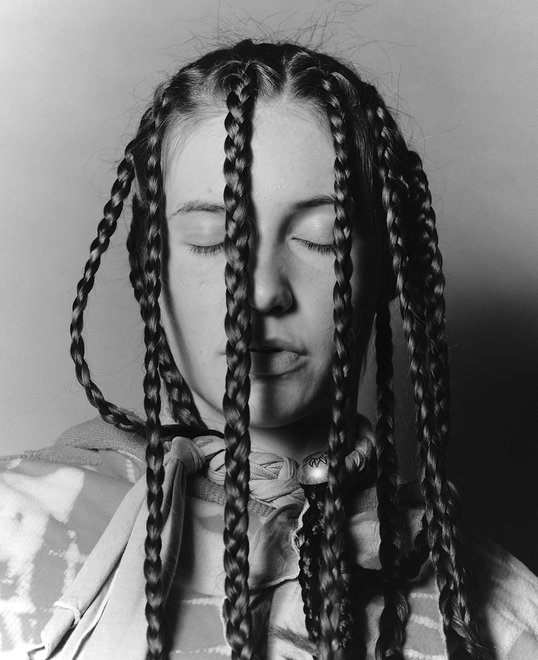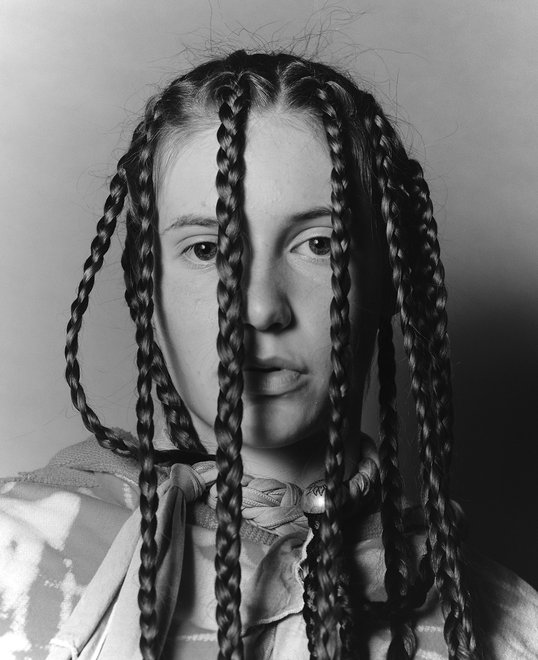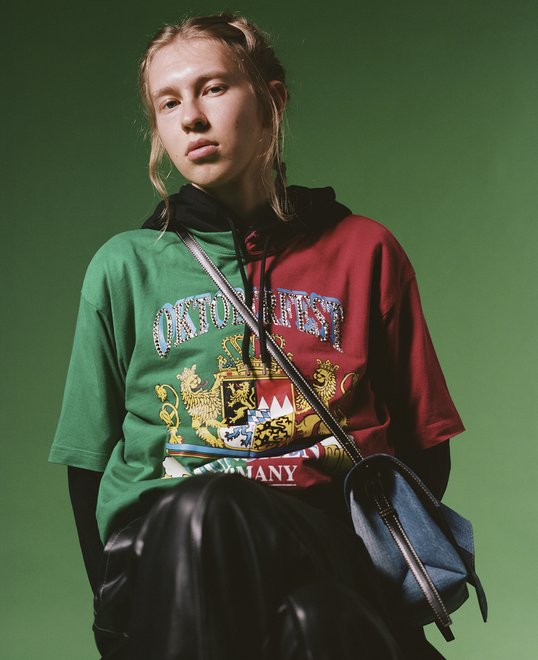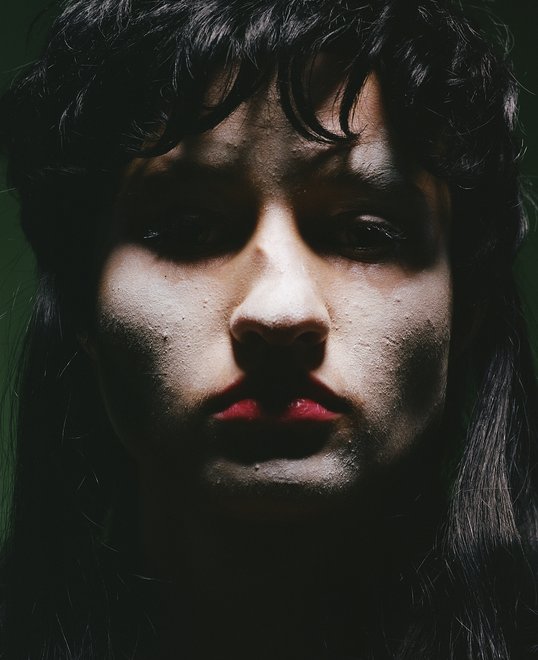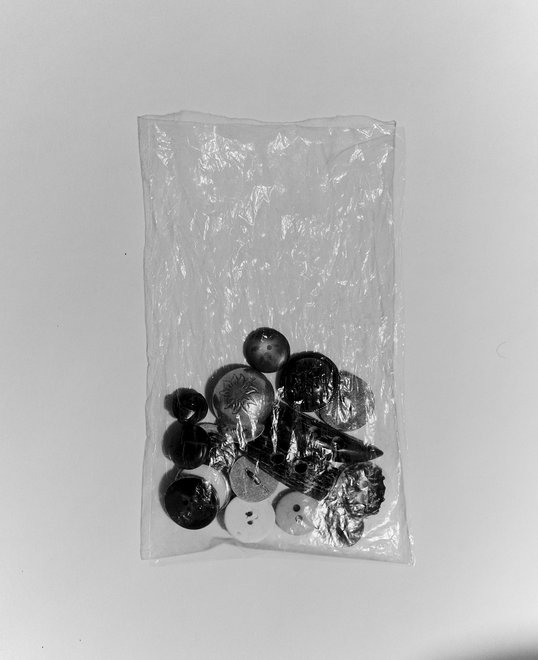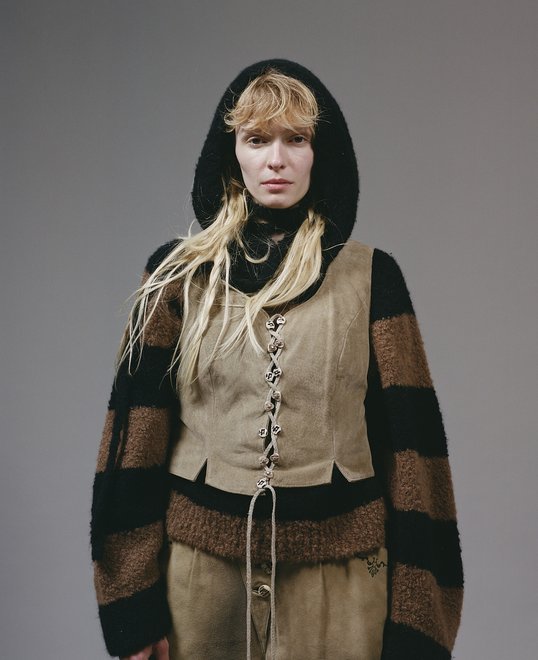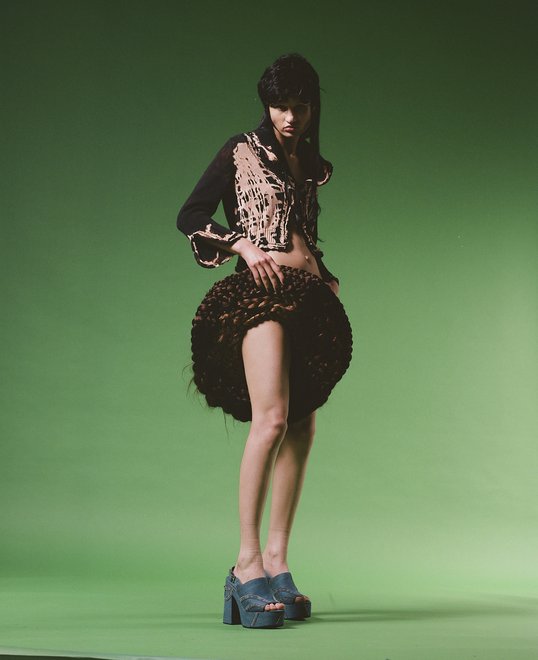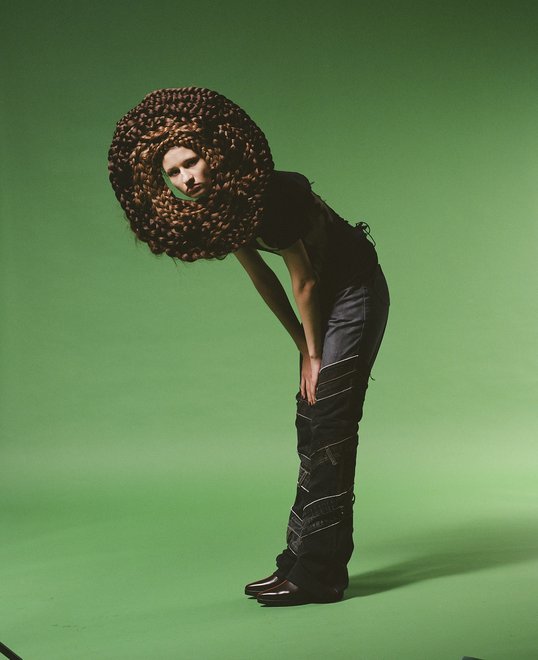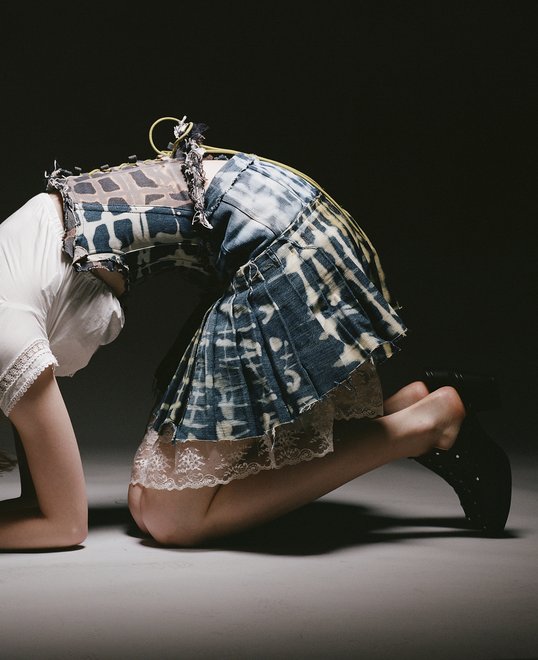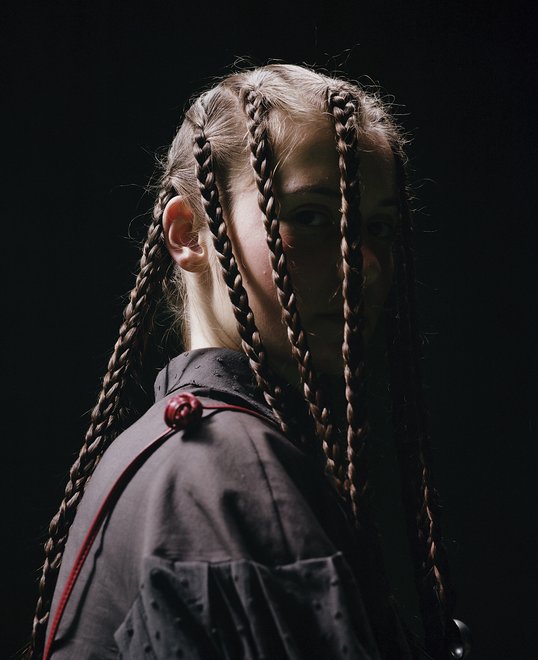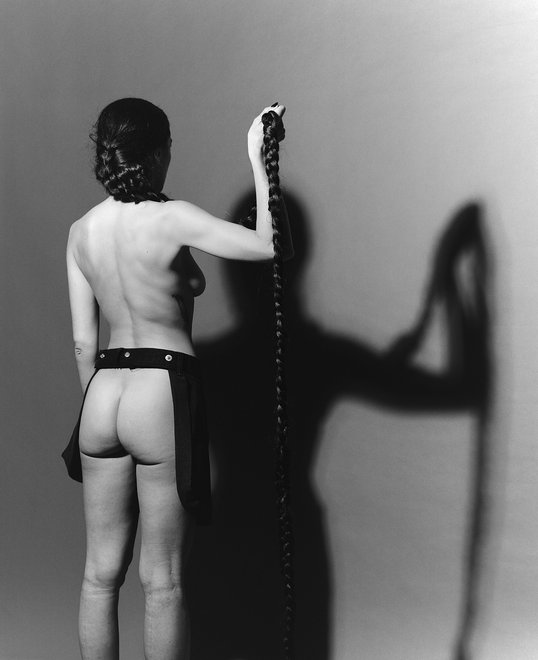Traditional fashion
Dirndl and braid - what is it about these traditional fashion phenomena, and how much has wearing them changed in the present?
"Traditional costume and dirndl are worn more like a guise."
A dirndl is a Bavarian and Austrian traditional dress, which was only invented at the end of the nineteenth century, yet today it is still widely seen as a typical Alpine costume – but just in the minds of urban summer vacationists. It was venerated by the Nazis and is still popular nowadays among right-wingers to demonstrate a sense of belonging to the homeland.
"At the Oktoberfest, Dirndl more often than not resembles tasteless lingerie."
But many wear it because it is also practical, advantageous, and just utterly beautiful. In the tourism industry, traditional costume and dirndl are worn more like a guise to convey authenticity. But in this context, and especially in the celebrity tents at the Oktoberfest, it more often than not resembles tasteless lingerie. The German word “Dirndl” comes from “Dirn”. In archaic Bavarian-Austrian language, a Dirn was a young woman employed as a maid. Her work clothes were called “Dirndlgewand,” later “Dirndl” for short.
"The rattail as a hairstyle experienced a revival."
In the Bavarian-Austrian province of the 1980s and 90s, proper braided hairstyles were only still worn at best by older peasant women or girls and women in traditional costume. Today, ladies from Brandenburg down to the northern Italian provinces go rather for a distinct uniform hairstyle, which is strikingly reminiscent of Playmobil figurines.
"Uniform hairstyle reminiscent of Playmobil figurines."
There was, however, a braid revival: the rattail aka “provincial mohawk” – a thin strand of hair, often braided, growing from the back neck hairline considerably longer than the rest of the hairdo – was especially popular on the countryside in the late 1980s and 90s. A sign of gentle rebellion against the standard cuts by the village square barber, who was always, oddly enough, no matter what place, a European champion hairdresser. This braid also had other nicknames, such as "fuse cord", "piggy-tail", "sascha's tail", or in Bavaria also a "rat hairdo".
"Work clothes were called “Dirndlgewand”."

